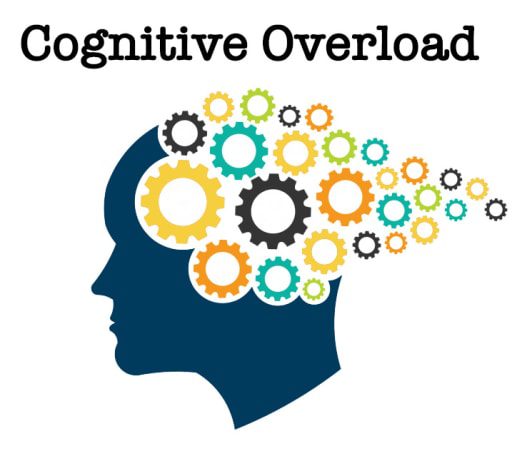4 Levels of Interactivity in E-Learning Courses


[ad_1]
E-Learning is a vast area and the types of content being developed are also diverse – as per the needs of the learners. As developers of custom e-learning, one aspect of e-learning is very crucial – the level of an e-learning course. The level of an e-learning course is the measure of interactivity built into it. For any e-learning services company, to create the right amount of interactivity in e-courses is very important.
It is often a misconception that interactivity in e-courses takes up too much time, effort and moneys. On the contrary it offers learners with a chance to engage with the content more and learn effectively. Developers can also choose to create interactive courses with rapid authoring tools – to create interactivity in an e-course.
There are four levels of interactivity in e-learning, in the increasing order of sophistication and type of learning delivery. Courses of Level 1 have very little interactivities and are termed page turners. They are suitable for information heavy courses. Courses with Level 2 interactivity are developed the most for corporate training. From slide transitions to simple animations, a lot can be done within this level to enthrall the audiences. Courses of Level 3 offer more experiential learning, with multiple scenarios and outcomes. Level 4 offers the highest interactivity that e-learning has to offer – games and virtual environments are part of this level which can deliver hands-in learning for varied audiences.
How much interactivity should be inserted in a course depends on a number of factors –
• The learners should be able to utilize and appreciate the built-in interactivities. If the course is too interactive, the learner will lose focus. If it has very little opportunities of interaction, it will be bland and not capture the interest of the learners effectively. The right balance has to be found by understanding the needs of the learner.
• Not all content needs interactivity for it to be effective. Some courses have to rely heavily on text and graphics only. These are instructional courses, which have a lot of information to share. The learners too realize that they need to retain a lot. So for these kinds of courses, a lot of interactivity fails to make impact. In fact, forced interactivity is not only a waste of money and time but it also hampers the effectiveness of learning.
• Developers should also keep in mind the available technological infrastructure at the learners’ end. E-Courses are useless if they fail to render well on user devices. If the learners do not have the specific hosting environments and technological support high-end interactivities, the course will not have the uniform effect.
• Finally, available budgets should also be considered when deciding the level of interactivity in e-learning. Interactivities like simple animations, roll-over effects and slide transitions can be built in with readily available tools like MS PowerPoint. But experiential courses with high end interactivities definitely cost more. So make sure that the training budget has the provisions for the level of interactivity to be built in an e-course.
It is a wise idea to make sure the interactivity built into an e-course is aligned to the above factors – only then can the e-course be truly effective for the intended audiences.
[ad_2]
Source by Gireesh K. Sharma

 First steps in innovation and entrepreneurship
First steps in innovation and entrepreneurship 
















